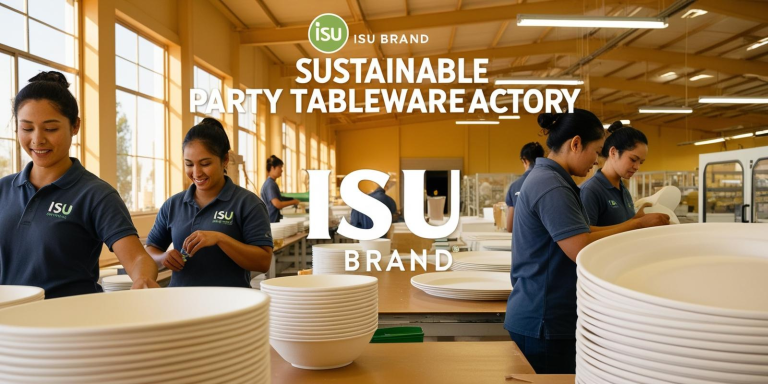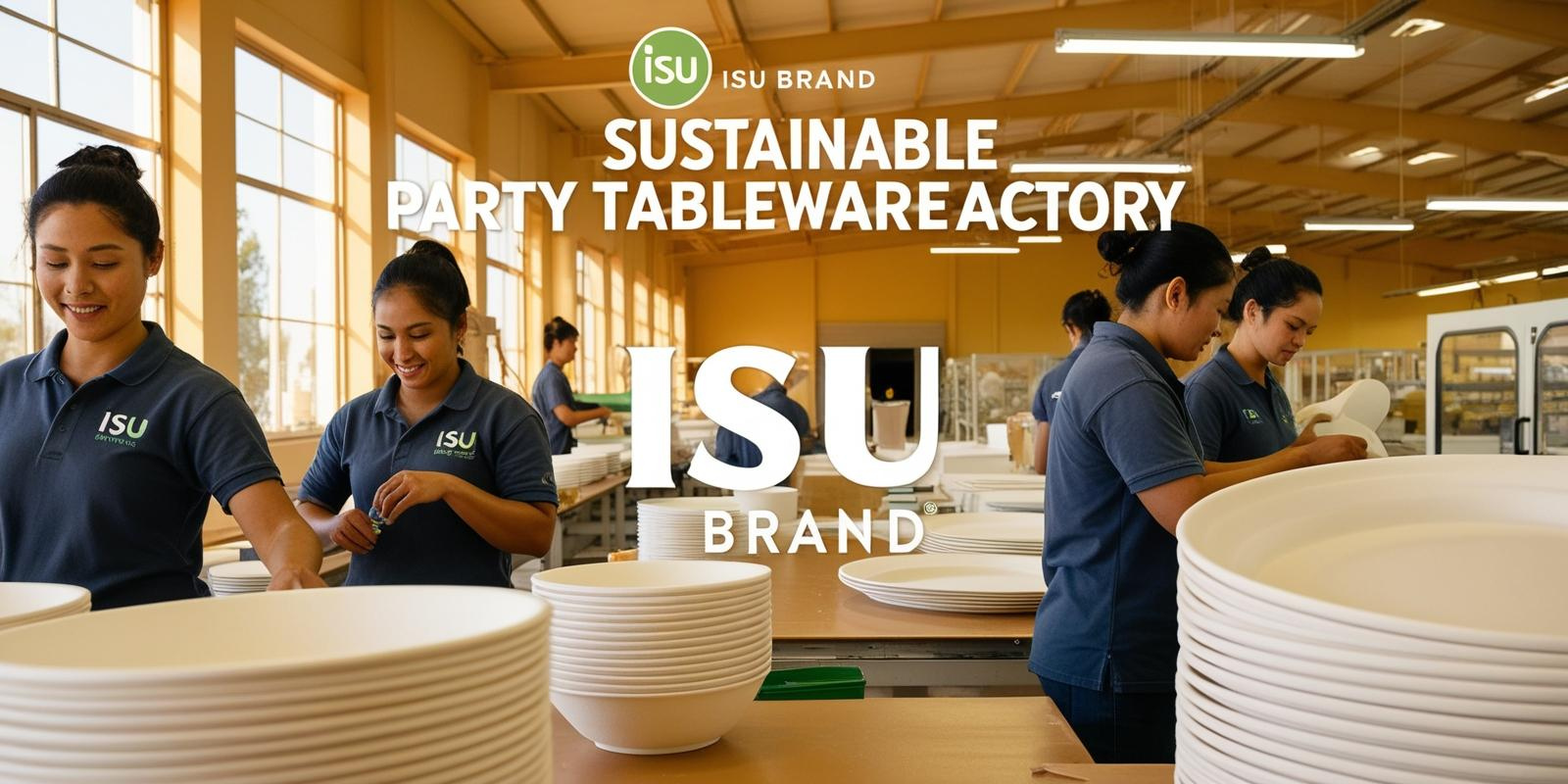
Safety, Health, and Environmental Consciousness First
Choosing the right sensor technology for your hotel requires a comprehensive consideration of multiple factors. Here are some key points:
I. Identify the Hotel’s Needs
(1) Functional Requirements
A: Room Status Monitoring
If the hotel wants to achieve automatic room status management, such as automatic identification of guest check-in/check-out, it needs sensors that can accurately sense the entry and exit of people, such as infrared sensors, millimeter-wave radar sensors, etc. These sensors can be installed at the door of the guest room or in a suitable location indoors. When someone enters the room, they automatically turn on the lighting, air conditioning, and other equipment, and automatically turn off the equipment after the guest leaves, thereby achieving energy saving and efficient room management.
B: Environmental Monitoring
To provide guests with a comfortable environment, it is necessary to select sensors that can monitor environmental parameters such as temperature, humidity, and air quality. For example, temperature and humidity sensors can sense the temperature and humidity in the guest room in real-time, and automatically adjust the air conditioner and humidifier/dehumidifier; air quality sensors can detect the concentration of pollutants such as carbon dioxide, formaldehyde, PM2.5, etc. in the room, and start the ventilation system or air purification equipment in time when the air quality is poor.
C: Equipment Status Monitoring
For various equipment in the hotel, such as lighting systems and electrical equipment, sensors are needed to monitor their operating status. Current sensors and voltage sensors can be used to monitor the power consumption of equipment. Once the equipment fails or experiences abnormal energy consumption fluctuations, they can issue an alarm in time to facilitate maintenance personnel to carry out maintenance.
D: Safety Monitoring
From a safety perspective, hotels need to install smoke sensors, fire alarms, etc. for fire monitoring, as well as door and window sensors, human motion detectors, etc. for anti-theft. These sensors can quickly issue an alarm in an emergency to ensure the safety of guests and hotel property.
(2) Data Requirements
A: Data Accuracy
Different application scenarios have different requirements for sensor data accuracy. For example, for energy management, the accuracy requirements for data such as power and electricity may be high, and a high-precision electricity sensor may be required; while for judging whether there is someone in the room, a relatively low-precision human infrared sensor may be sufficient to meet the requirements.
B: Data Volume and Frequency
If the hotel plans to optimize operations through big data analysis, such as analyzing guest behavior patterns, it needs sensors that can provide sufficient data volume and appropriate data collection frequency. For example, sensors that can frequently collect information about guests’ activity locations in the guest room (such as high-precision indoor positioning sensors) can provide the hotel with richer data for analyzing guests’ behavior habits,
2. Consider the Performance of Sensors
(1) Accuracy and Reliability
The accuracy of sensors directly affects their effectiveness in hotel operations. For example, a highly accurate human presence sensor can accurately determine whether there is someone in the guest room, preventing the equipment from being turned on or off by mistake due to misjudgment. You can check the technical parameters and product reviews of the sensor to understand its accuracy performance in actual applications.
Reliability refers to the stability and anti-interference ability of the sensor during long-term operation. The hotel environment is relatively complex, with various electromagnetic interference, temperature changes, and other factors. Selecting sensors with high reliability can reduce the frequency of failures and ensure the continuity of hotel operations. For example, sensors with industrial-grade design and good electromagnetic compatibility (EMC) are more suitable for hotel environments.
(2) Sensitivity and Response Time
For some applications that require fast response, such as security monitoring, the sensitivity and response time of the sensor are crucial. For example, a smoke sensor needs to detect smoke and quickly sound an alarm at the early stage of a fire. Its sensitivity must be high enough and its response time must be as short as possible, generally requiring a response within a few seconds.
In terms of guest experience, such as automatic control of equipment in the guest room, the fast response of the sensor is also important. When a guest enters a room, the sensor should be able to quickly sense and turn on the device to avoid the guest having to wait too long.
III. Technical Compatibility
(1) Compatibility with the Hotel’s Existing Systems
Hotels usually already have a set of management systems, such as property management systems (PMS), energy management systems, etc. The selected sensor technology needs to be able to integrate well with these existing systems. For example, the sensor’s data interface must be compatible with the hotel’s PMS, and be able to transmit room status data to the PMS in real time to achieve automatic updates of room status.
Consider the compatibility of the sensor with the hotel’s network infrastructure. If the hotel uses a wired network, it is necessary to select sensors that support wired communication interfaces; if it is a wireless network, it is necessary to ensure that the sensor is compatible with the hotel’s Wi-Fi standard or other wireless communication protocols (such as Zigbee, Z-Wave, etc.).
(2) Scalability and Interoperability
As the hotel grows and functional requirements increase, it may be necessary to add new sensors or upgrade existing systems. Therefore, the selected sensor technology should have good scalability and be able to easily add new devices or integrate with other new technologies. For example, select sensors based on open standard protocols to facilitate interoperability with smart devices or systems that may appear in the future.
IV. Cost-Benefit Analysis
(1) Procurement Cost
Compare the prices of different brands and types of sensors and determine the appropriate choice based on the hotel’s budget and needs. It should be noted that price cannot be the only criterion. Some lower-priced sensors may have deficiencies in performance, accuracy, or reliability.
Consider preferential policies for bulk purchases. If the hotel needs to install sensors on a large scale, negotiating bulk purchase prices with suppliers can reduce procurement costs.
(2) Installation and Maintenance Costs
Installation costs include the installation engineering costs of the sensors (such as labor costs, wiring costs, etc.) and the costs of auxiliary equipment that may be required. For example, some sensors require specific mounting brackets or power adapters, which need to be included in the installation costs.
Maintenance costs involve regular calibration, maintenance, replacement of parts, and software updates of sensors. Choosing sensors that are easy to maintain can reduce long-term operating costs. For example, sensors with self-diagnosis functions can issue alarms promptly when a fault occurs, making it easier for maintenance personnel to quickly locate and solve the problem.
Considering costs from the perspective of energy consumption, some sensors themselves may consume more electricity, which will increase the hotel’s energy costs when used on a large scale. Therefore, choosing low-power sensors is also an important factor.
V. Supplier Support and After-Sales Service
(1) Technical Support
The supplier should be able to provide timely and professional technical support, including sensor installation guidance, debugging assistance, and solutions to problems encountered during use. For example, when a sensor fails or is incompatible with other systems, the supplier can respond quickly and provide an effective solution.
Check whether the supplier provides training services to help hotel staff master the use and maintenance of sensors. For example, train employees on how to read sensor data and how to perform simple troubleshooting.
(2) After-sales service
Understand the warranty period and after-sales service content of the sensor. A longer warranty period can reduce the hotel’s use risk. After-sales service content includes whether product repair, replacement, upgrade, and other services are provided.
Refer to other users’ evaluations of the supplier’s after-sales service and choose a supplier with a good reputation to ensure continuous support during the sensor’s life cycle.






